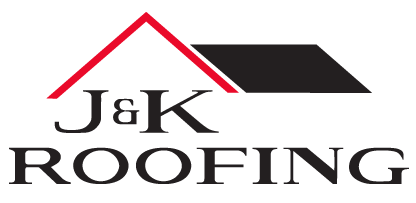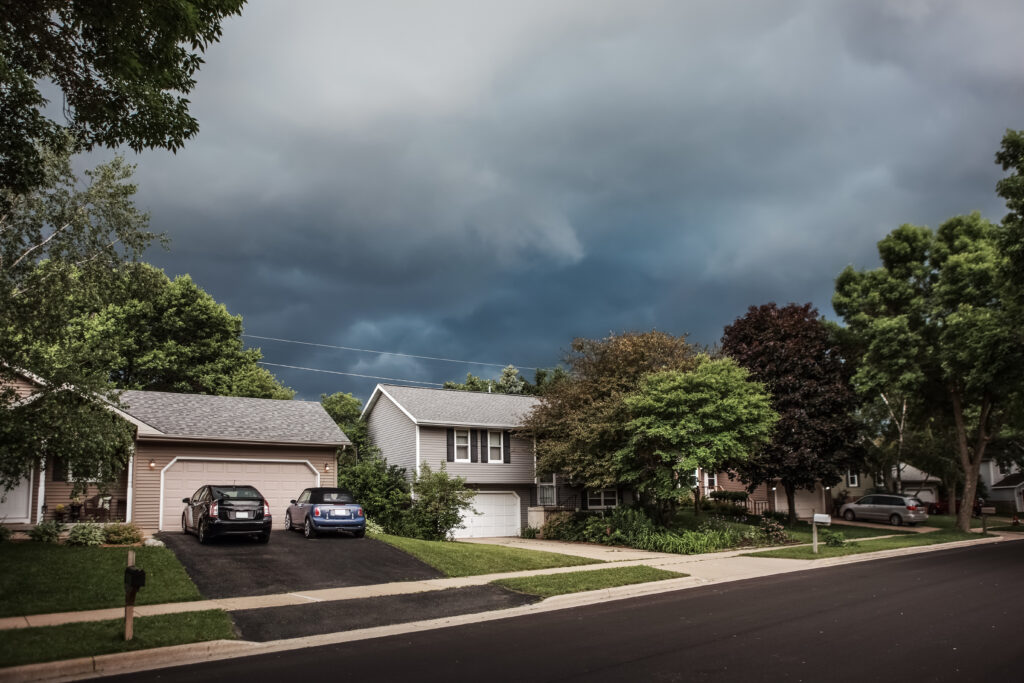Why Summer Storms Make Roof Leaks Worse
Denver’s summer storm season is no joke. Sudden thunderstorms, pounding hail, and heavy downpours can turn a beautiful sunny day into a mess of water damage and wind-blown debris. One of the biggest problems homeowners face during these storms is the worsening of existing roof leaks. What may have started as a small drip can quickly grow into a serious issue once a strong summer storm rolls through.
Ignoring a roof leak during the summer storm season can lead to expensive repairs, structural damage, and even health issues from mold. Timely Denver roofing repair can prevent these problems before they start. Addressing issues early keeps your home safe and your repair costs down.
Understanding Why Summer Storms Are a Problem for Your Roof
The Power of Summer Weather in Denver
Summer storms in Denver are fast-moving and intense. They often come with heavy rainfall, strong winds, and hail, sometimes all at once. These elements can cause significant damage to a roof, especially if it’s already vulnerable. The combination of moisture and wind can force water into tiny cracks and crevices, where it starts to cause problems. Hail is especially damaging. It can bruise or crack shingles and knock protective granules loose. Once those layers are compromised, the roof becomes much more likely to leak during the next storm. Over time, repeated exposure to this kind of weather wears down even well-installed roofing systems.
How Storms Expose Existing Roof Weaknesses
Storms have a way of making weak points that were already there, missing or curling shingles, cracked flashing, or clogged gutters, worse. An older roof or one that hasn’t had regular maintenance is especially at risk. If water finds its way under your shingles or through poorly sealed vents, it starts to soak into your underlayment and decking. This moisture leads to rot and mold, which weakens your home’s structure. A roof leak doesn’t just stay in the attic. It spreads through insulation, drywall, and even flooring if not caught early.
Common Signs of Roof Leaks You Shouldn’t Ignore

Visual Indicators Inside the Home
The first signs of a roof leak often show up inside. You might see water stains forming on your ceilings or walls. Sometimes, the paint bubbles or peels, and you might notice a musty smell from hidden moisture. These clues mean water has already made its way inside, and the damage could be more extensive than it appears. Never assume a stain will dry up on its own. If it’s there, water has found a way in, and it will likely return with the next storm. Small stains can be warning signs of much larger issues above the ceiling.
What to Look for Outside
The exterior of your roof can also tell you a lot. Look for cracked, curled, or missing shingles. Clogged gutters filled with granules from your shingles are another red flag. If your gutters aren’t draining properly, water can pool and back up under the shingles, especially during heavy summer rains. Sagging rooflines or water spots along the fascia boards can indicate water damage has already started. Keep an eye out for dark patches or areas where the roof looks uneven. These are often early signs of a leak in progress.
Why Prompt Repairs Matter During Summer Storm Season
Minor Leaks Can Lead to Major Issues
A small roof leak might seem harmless, but it often leads to much bigger problems. Once water gets into your attic or insulation, it can cause mold and mildew to spread. Mold doesn’t just damage building materials; it also affects your home’s air quality and your family’s health. Moisture also reduces the effectiveness of insulation, which can raise your energy bills. Air escapes more easily, forcing your air conditioner to work harder during already hot summer months. The longer you wait to fix a leak, the more costly the repair becomes and the more damage it does behind the scenes.
Storms Increase Repair Costs if Leaks Are Ignored
Storms don’t give your roof time to dry out between hits. Repeated exposure to moisture worsens damage quickly. What could have been a small patch job might turn into replacing entire sections of the roof if leaks aren’t addressed right away. Secondary damage, like damaged drywall, warped flooring, and ruined personal belongings, can add thousands to your final repair bill. It’s far more cost-effective to schedule a Denver roofing repair as soon as a problem shows up.
How J&K Roofing Helps Denver Homeowners Stay Ahead
Professional Inspections Before and After Storms
J&K Roofing provides free, expert inspections to catch small problems before they become major headaches. During summer storm season, a quick professional inspection can save homeowners from costly damage down the line. Our team knows exactly what to look for and how to fix it quickly. We recommend homeowners get a roof inspection after any major storm, even if no obvious damage is visible. Many roof leaks start in places you can’t see without getting on the roof. Our preventive maintenance helps extend the life of your roof and avoid unnecessary repairs.
Reliable and Fast Denver Roofing Repair
When a leak does show up, fast action matters. J&K Roofing offers quick and reliable Denver roofing repair, backed by years of experience in the local area. We’ve seen every type of storm damage Denver can throw at a home, and we know how to fix it the right way the first time.
Our team responds fast, works efficiently, and keeps homeowners informed every step of the way. Whether you need a small fix or a full repair, we make the process as stress-free as possible.
Don’t Wait for the Next Storm. Protect Your Home Now.
Summer storm season won’t wait, and neither should you. If you’ve noticed any signs of a roof leak, or if your home hasn’t been inspected in a while, now is the time to act. Don’t let a small problem become a big, expensive repair. Timely Denver roofing repair from J&K Roofing can keep your home dry, safe, and protected no matter what the weather brings.
Reach out today for a free inspection or consultation. Let our expert team check your roof and give you peace of mind before the next storm hits.

